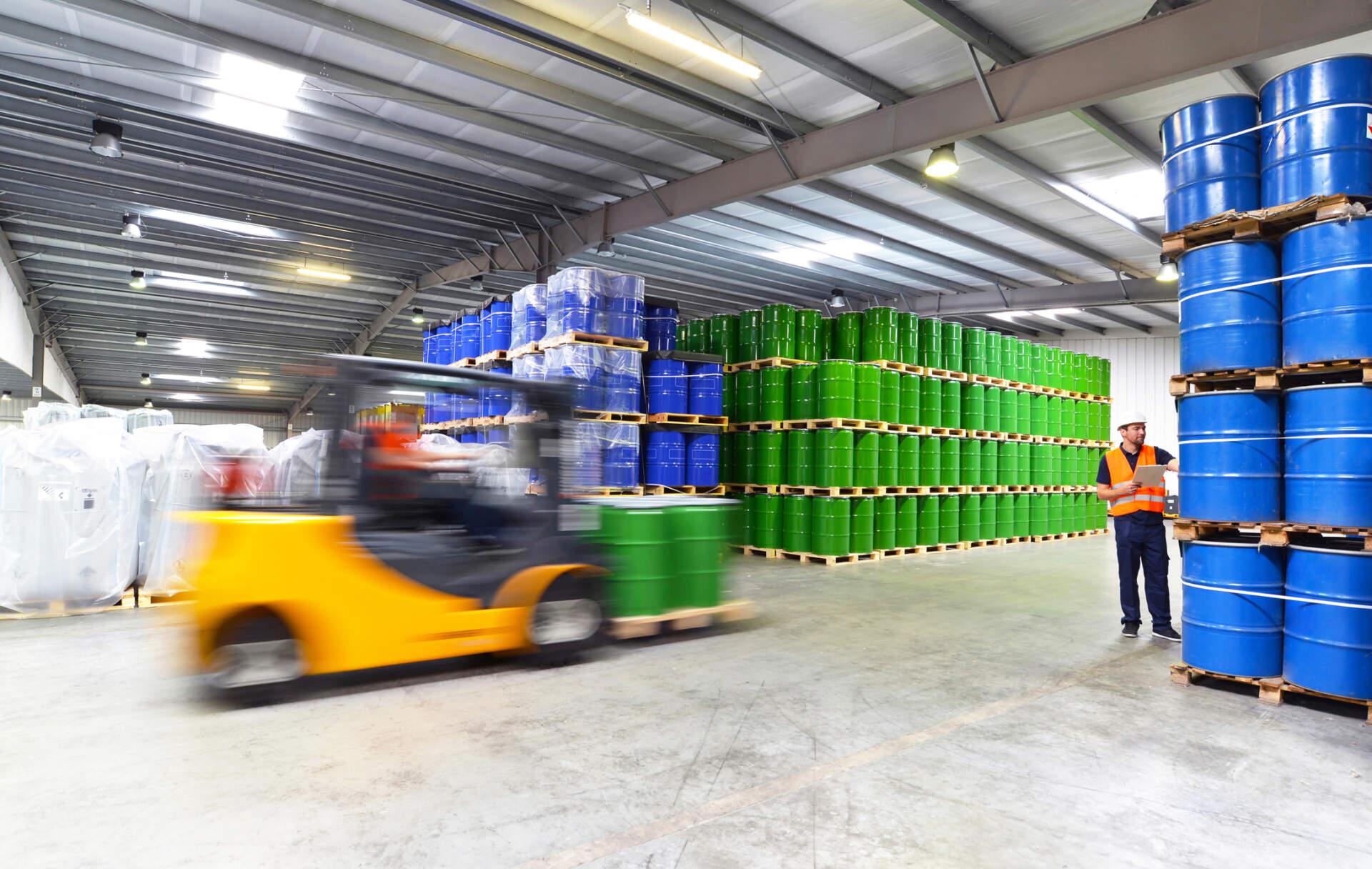The Rising Need for Effective Chemical Logistics Management

Supply Chain Challenges in Chemical Industry
The chemical industry relies heavily on complex global supply chains to transport raw materials and finished products worldwide. However, managing chemical logistics poses unique compliance and safety challenges compared to other industries. Chemicals require specialized equipment, documentation, labelling and trained personnel for transportation as even minor accidents can cause harm. Ensuring compliance with multiple international regulations increases costs. Delays in shipments can disrupt productions schedules. Finding optimal multi-modal transportation solutions balancing costs, lead times and safety is crucial.
Compliance Regulations are Paramount
Regulations governing chemical transport vary across countries and modes of transport. Strict domestic laws implement international agreements like the International Maritime Dangerous Goods Code. Chemical Logistics are classified under hazard classes depending on their properties and assigned unique UN numbers. Multi-page documentation must accompany every shipment specifying composition, hazards, PPE requirements etc. Packages must be tested and certified for drop tests and leakproofness. Labels with hazard diamonds provide first responders vital safety information in emergencies. Carriers need Safety Advisors Certificates and vehicle placards displaying hazard classes. Non-compliance can lead to rejected shipments or heavy penalties.
Temperature Control is Critical for some Chemicals
Certain chemicals degrade or become dangerous when exposed to high or low temperatures. Thermally sensitive materials like solvents or polymers may solidify or crystallize below certain temperatures affecting usability. Others become unstable or volatile at elevated heats increasing fire/explosion risks. Ensuring temperature control throughout transportation is important. Refrigerated trucks, containers or rail cars with temperature monitoring systems are often required. Contingency plans are needed in case of equipment failure to divert shipments. Access to temperature-controlled warehousing at destinations allows safer intermediate storage.
Seamless Multi-Modal Integration is Key
Given large shipment sizes and infrastructure constraints, chemicals often change transport modes multiple times - truck to rail to ship or vice versa. Smooth interchange between modes requires collaboration between carriers and meticulous documentation exchange avoiding delays. Interoperable IT systems tracking shipments in real-time across networks help coordination. Standardization of practices, equipment interfaces like container mounts aid faster transfers minimizing inventory costs. Multi-party contractual agreements clearly delineate responsibilities during hand-offs ensuring accountability. Bulk transfer locations need excellent facilities, equipment, safety systems and trained multi-modal staff.
Security is Paramount Given Chemical Hazards
Chemicals present potential dual use for nefarious non-state actors if misused. Secure logistics mitigating risks of theft or tampering are imperative. Adopting measures recommended by guidelines like the Responsible Care Security Code is advisable. Methods include identity/access management of personnel, monitored premises, sealed trailers, tracking technologies. Carriers should conduct background screening and driver authentication. Shipments are routinely rerouted and times varied to avoid patterns allowing pre-planning of criminal acts. Buffer stockpiles provide surge safety capacities in emergencies. Collaborating with enforcement agencies helps intelligence sharing and rapid incident management.
Planning for Disruptions through Risk Analysis
Despite best efforts, unexpected events may interfere with chemical deliveries like accidents, natural calamities, political unrest, labor issues or infrastructure breakdowns. Anticipating plausible scenarios of supply interruptions helps developing contingency plans. Risk analysis evaluates likelihood and impact of each potential disruption considering supply sourcing, production capacity, inventory levels, alternative transport routes, emergency storage capabilities etc. Backup transportation agreements and flexibilities in documentation allow agile responses. Insurance coverage provides financial security for replacing lost shipments. Crisis management teams trained for emergencies ensure safety, resuming operations at the earliest while mitigating damages.
Technology is Transforming Chemical Logistics
Digitalization allows more efficient, sustainable and compliant chemical supply chains. Real-time location tracking utilizing sensors, RFID, GPS and geospatial technologies provide shipment visibility end-to-end. Internet of Things (IoT) connectivity of assets enhances monitoring of temperature, shocks, tampering. Blockchain creates distributed digital ledgers immutable after every transaction improving documentation security and regulatory compliance. Artificial intelligence (AI) optimizes multimodal planning, demand forecasting, route selection and resource utilization. Simulation modeling evaluates "what-if" scenarios of disruptions assisting better preparedness. Drones, automated guided vehicles (AGVs) aid in inspections, inventory management and emergency response. Adopting emerging technologies makes chemical logistics operationally efficient while enhancing safety, security, collaboration and transparency.
chemical logistics involves complexities unique compared to other industries necessitating specialized expertise, documentation, equipment and risk mitigation strategies across the supply chain. Efficient multi-modal coordination, temperature control, security and development of contingencies are vital considering public safety and regulatory compliance. Digital innovation is positively transforming the industry through advanced real-time visibility, risk analysis, resource optimization and collaboration enabling future-ready sustainable operations. With chemical demand projected to grow, effective management of chemical supply chains will remain a priority.
Get more insights on – Chemical Logistics
For Deeper Insights, Find the Report in the Language that You want.
About Author:
Priya Pandey is a dynamic and passionate editor with over three years of expertise in content editing and proofreading. Holding a bachelor's degree in biotechnology, Priya has a knack for making the content engaging. Her diverse portfolio includes editing documents across different industries, including food and beverages, information and technology, healthcare, chemical and materials, etc. Priya's meticulous attention to detail and commitment to excellence make her an invaluable asset in the world of content creation and refinement.
(LinkedIn- https://www.linkedin.com/in/priya-pandey-8417a8173/)
- Art
- Causes
- Crafts
- Dance
- Drinks
- Film
- Fitness
- Food
- Игры
- Gardening
- Health
- Главная
- Literature
- Music
- Networking
- Другое
- Party
- Religion
- Shopping
- Sports
- Theater
- Wellness


